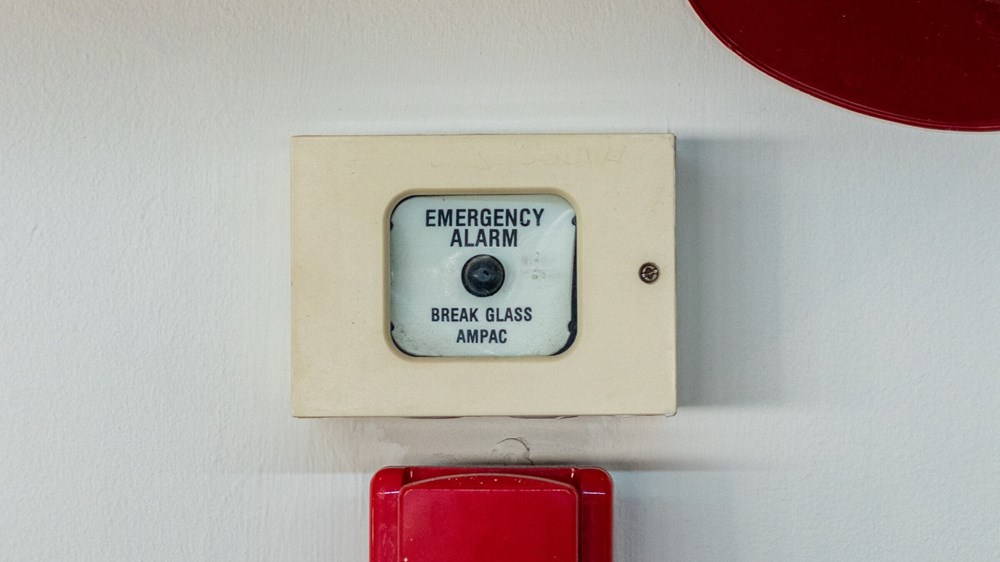One thing’s for sure: nobody can predict the future. However, that doesn’t mean you shouldn’t prepare for it. If you want to be in control of your finances, then it’s important to have some emergency savings.
But how much should you have in an emergency fund and when should you use it?
Why do you need emergency savings?
The clue is in the name: emergency savings are for financial emergencies. Say, your washing machine breaks, or your roof starts leaking, or you're suddenly unemployed for a few months, how do you cover these unexpected expenses?
If you’ve got an emergency fund, then these are precisely the type of situations you've been saving for! But without emergency savings, you could find yourself in a difficult financial situation.
How much do you need to save in an emergency fund?
That’s a good question, however, there’s no right or wrong answer. As a rule of thumb, it’s a good idea to save enough to cover between three and six months’ worth of expenses, but it really depends on your personal circumstances and financial situation.
Some people may not be able to save that much, whilst others might be able to tuck away even more money than this.
The key is to figure out how much is enough for you. You can work this out by listing all your monthly expenses, such as mortgage or rent, bills, food, transport, and other essentials. And this total is classed as your essential outgoings - you'll then want to multiply that by how many months you want to make sure you can cover.
It's worth saying that this number can seem huge, but don’t worry, putting aside whatever you can afford could help point you in the right direction.
How do you build an emergency fund?
If you want to build an emergency fund, you’ll want to think about an easy-access savings account, so you can quickly take out your money if you need it.
It's worth shopping around and comparing interest rates while you're at it.
Although the aim is to squirrel some money away, if you can get a good interest rate it could help your money grow even more. You may also want to check Cash ISAs as they come with tax-free interest payments.
Please note that with a Cash ISA, the amount you can currently put in is limited to £20,000 for the 2025/26 tax year (though this is subject to change in future).
When should you use your emergency savings?
You can use your emergency savings whenever you feel like it. However, remember why you’ve put this money aside in the first place. Before you take any money out, it's worth asking yourself if you really need to use it.
To make things a bit easier, why not try and keep your emergency pot separate from your other savings? You could set things up so your emergency fund would only be used to pay for unexpected expenses and have another savings account for some of your financial goals, like going on holiday or buying a new computer.
Can you invest your emergency savings?
There’s nothing preventing you from investing your emergency savings, but it may be a risky place for them to be. If an emergency comes up, you’ll likely need the money fast and it can take a number of days to withdraw money from an investment plan.
Also, with investing, your capital is at risk, meaning you could end up with less than you initially put in, which isn’t ideal if all you want is a pot you can dip in if something unexpected happens.
If you want to invest, why not wait until you’ve got a decent emergency pot first? If your finances are in good shape and you’re ready to put your money to work, then investing could help you build growth over the long term.
You don’t even need to be super rich or know a lot about stock markets to take the plunge. Thanks to robo-investing platforms, like Wealthify, you can become an investor in just a few taps (or clicks). You choose your risk level and how much you want to invest, then our team of experts will do the investing on your behalf and ensure your money works as hard as possible.
The tax treatment depends on your individual circumstances and may be subject to change in the future.
Please remember the value of your investments can go down as well as up, and you could get back less than invested.
Wealthify does not provide financial advice. Please seek financial advice if you are unsure about investing.



